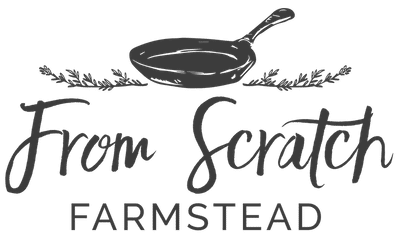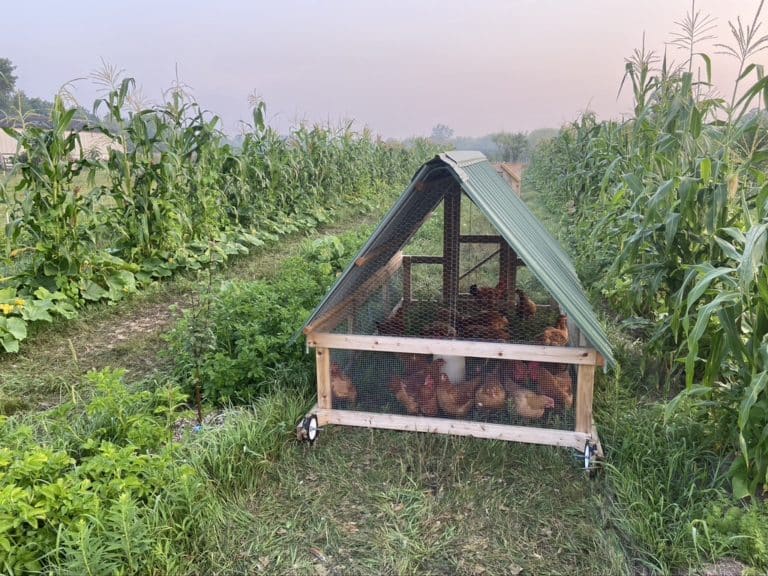Owning a Family Milk Cow Basics
We break down the basics of everything you need to know about owning a family milk cow and the simple methods we use on our 5-acre homestead. If you are new to the idea of owning a family milk cow, you are not alone. But if our once suburban family can do it, so can…


